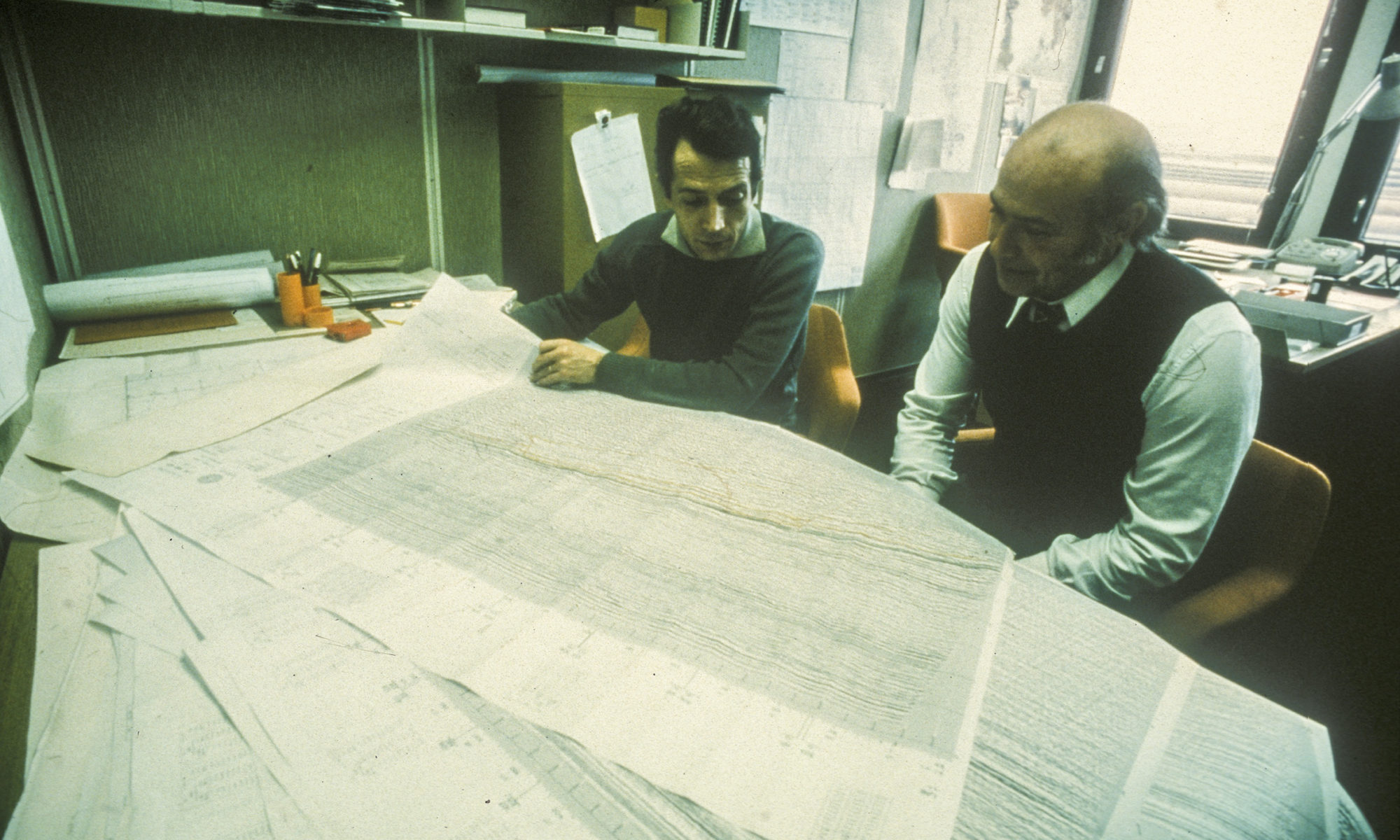Geology

This sediment was carried by big river systems which snaked eastwards over what is now known as the Shetland platform. On reaching the coast, the rivers built up huge deltas which later broke down partially to create big underwater fans of sand.
Compacted to sandstone, these deposits later served as reservoirs for the Frigg oil and gas. Impermeable layers of shale and clay covered the sandstone formations to seal in the hydrocarbons. The source of the oil and gas can be found in deeper layers of sediment, a dark shale deposited in the Lower and Middle Jurassic about 160 million years ago.
A special feature of the Frigg area is that oil and gas have migrated through fractures in the rocks, creating gas “chimneys” which can be detected on seismic maps of the area.
